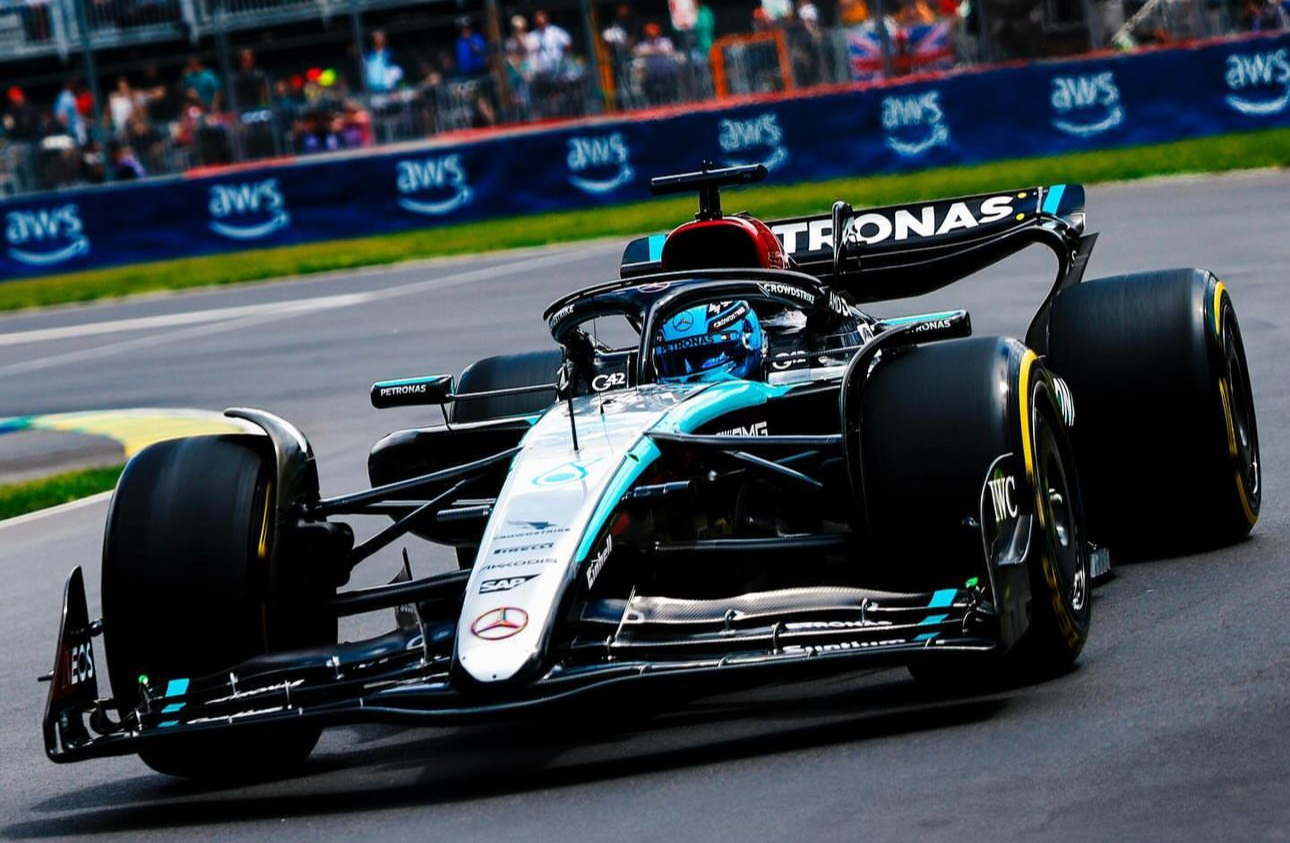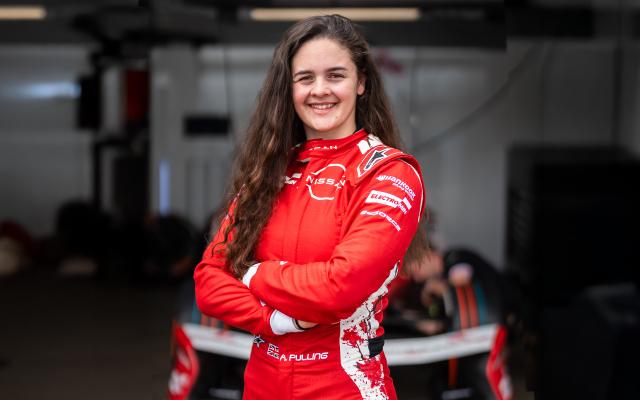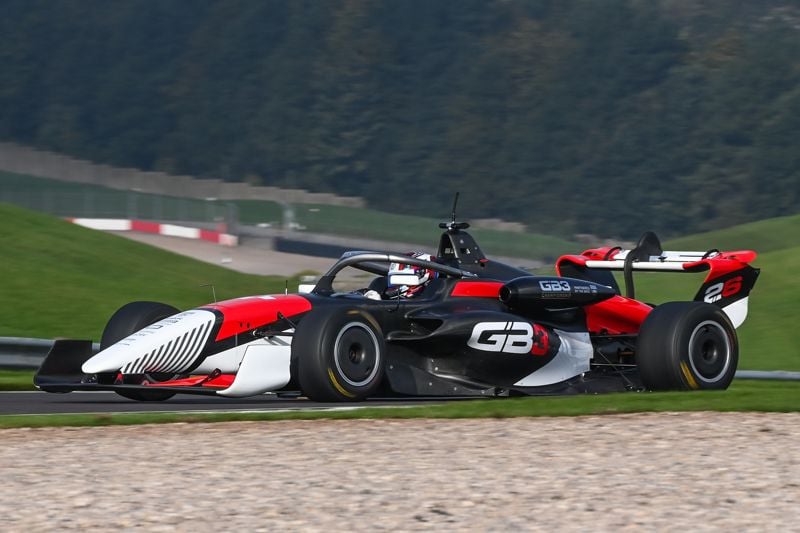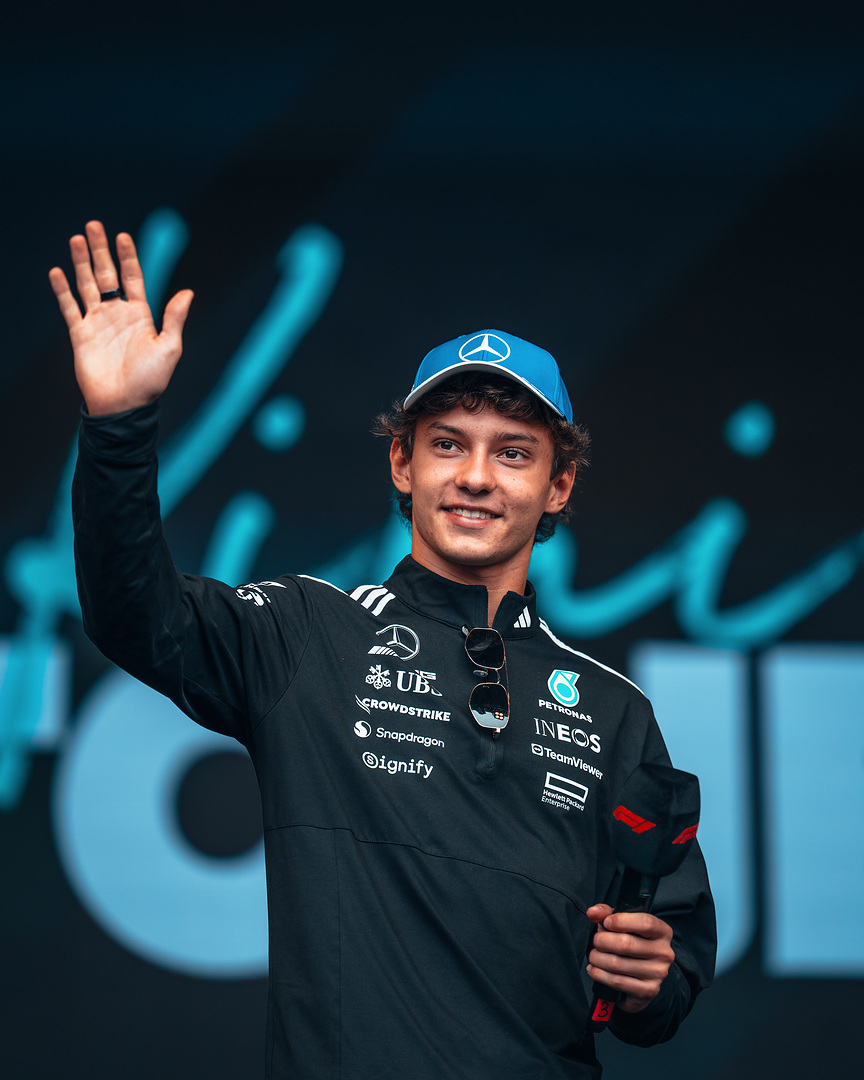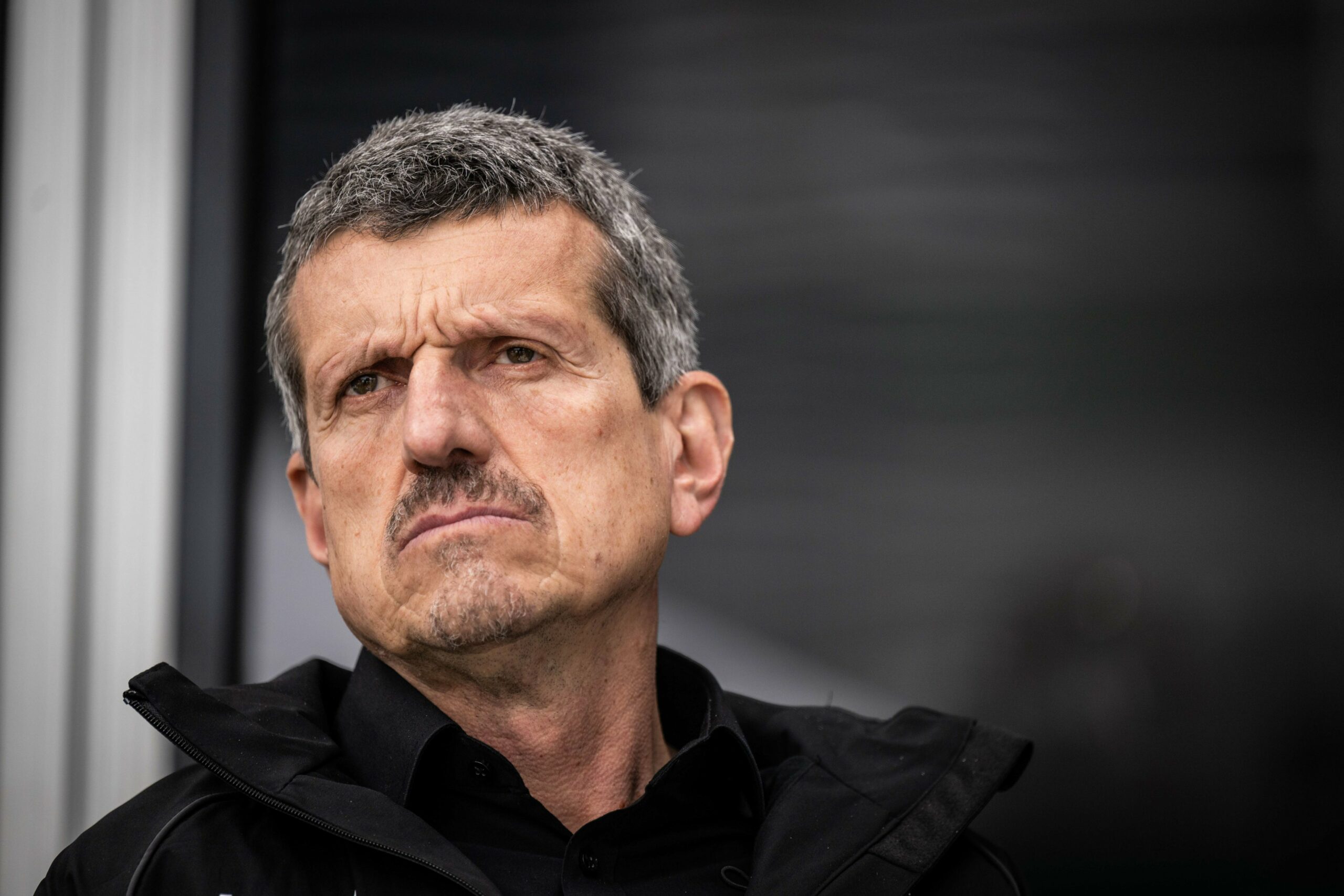In the days before what would see Mercedes claim their first podium of the season in Montreal, Mercedes’ technical director James Allison explained the recent updates and front wing improvements. With George Russell in contention for the win a few days later during the Canadian Grand Prix, it seems as though the they have been a big step forward for the Silver Arrows.
Allison spoke during a torrential downpour on the Friday of the Canadian Grand Prix weekend but his comments indicated that sunnier days could be figuratively ahead for his team. Allison explained how the team is finding a better balance with low-speed performance and high-speed performance.
“This car produces a bit less lift when it’s nearer to the ground than the old one did. So, that is generally when you’re going quicker that’s what you want. That’s what it does.”
He then went on to explain the importance of the front wing in a time with the current regulations and why it is better beyond just pure performance?
“Because I think all these cars like being near the ground,” Allison said. “Which is why all the cars are near the ground. The front wings on these cars are very big. And they probably like being near the ground the most of all. And that tends to make a car get more nervous as it goes faster. Because it’s proportionally more moving to the front axle than you might wish. And so you’re fighting that with these rules.
“And the more you find downforce near the ground the worse that gets. So, everyone in 2022 when these rules were first published weren’t as near to the ground as they are now, weren’t fighting this inherent behaviour as much then as they are now. And this is just helpful with that.”
Mercedes latest front wing design that was introduced on Russell’s car at the Monaco Grand Prix was described to Allison as being more conventional than their previous design and whether that concept will now stay in the past.
“Yeah, that concept is now in the past,” admitted Allison. “It allowed us to create discontinuity in a wing that was anticipated by the rules to be relatively continuous. And that discontinuity allowed a bit of vigour to be injected downstream on the front wing.
“And so by the time you got the car rebalanced we just had a bit more downforce with that wing than what we were competing it with at the time. But give us a few more weeks and a bit more effort and this ended up being a better candidate.”
Mercedes’ talismanic driver Lewis Hamilton had spoken previously about the fact that the difficulty of balancing in the car tends to be that the front ends get more understeer the slower the corners are. With that in mind, if you change the setup to optimise that then the consequence is that you lose the rear.
Following on from this, Allison was asked if the team just needs to maximise the aero load on the front. Is it really simple?
“So, you can do things with the mechanical balance which help you fight the inherent tendency to low-speed understeer, high speed oversteer,” Allison said. “But the more extreme you make that the more tricky the car feels to the driver.
“And if you take away the aerodynamic unhappiness that that mechanical balance is fighting, then you can have a less extreme mechanical balance migration and a car that feels more consistent and predictable to the driver.”
With focus remaining on the front wing, it is fair to assume that that change in approach gives Mercedes a little bit of a negative compromise in terms of that air flow to the front of the floor. So, can they offset that?
Such a question was put to Allison and he replied: “Do you mean have we thrown away the thing we were proud of earlier? Are we paying a price for that?” His comments that followed showed that the team certainly see this as a step forward – and this was even before Russell stepped on to a podium 48 hours later.
“In this case it’s not a trade,” Allison stated. “It’s win-win. The feature that gave us a bit more rebalanced downforce on the old wing is just better on this wing. Just like over time you find better stuff and what you thought was great isn’t great anymore. And this wing is a better wing than the old one.”
The prediction certainly came true after Mercedes secured their first podium of 2024. Speaking in the team’s post-race debrief, Allison was asked about the impact of the new front wing and whether it had performed as expected.
“I would say yes. We had got an idea of how it would behave because we had run it the previous race in Monaco with just George on that occasion. We had two of them in Montreal, and we expected it to perform well.
“We expected it to deliver a bit more in Canada than it did in Monaco, because the Canada circuit, although unusual, is more of a normal circuit than Monaco was.
“It delivered more performance, it made the car feel easy to drive and well-balanced, and made the car the driver’s friend rather than the thing they had been fighting, which has been what has been problematic in the opening part of the season for us.”
An easy to drive well-balanced Mercedes is great news for F1 in a season which is turning out to be not quite as predictable as many had anticipated.

